Smart Farming: Testing Cutting-Edge Sensor Tech on the GreenWave Farm
The central challenge of regenerative ocean farming is that our “soil” turns over a thousand times a day, and farmers can’t see what they grow. With the help of sensor technology, farmers can refine their farming methods and boost their adaptability in response to potential environmental hazards that can threaten the farm. Earlier this season, GreenWave deployed a new set of sensor buoys on our farm off the coast of Branford, Connecticut. By tracking the underwater environment, these cutting-edge tools of predictive farming will help us improve techniques to increase yields, monitor climate change, and speed learning loops as the regenerative ocean farming industry scales up.
From assessing site conditions to inform early decisions around gear type and farm design to fine tuning farming practices and predicting optimal harvest times, data collection is critical at every stage of farming. “Routine data collection allows us to track the changes in water quality and can help farmers understand the fluctuations that impact farm design and operations,” says Ashley Hamilton, GreenWave Science Lead. “We can determine key factors for crop success including the optimal depth to grow kelp and identify changes in phytoplankton availability for shellfish.”
The BiOceanOr sensor kit installed on our docks monitors overall water quality by measuring water temperature, clarity, and dissolved oxygen. Data is captured in real-time and uploaded to an online dashboard, continuously logging a play-by-play of on-farm conditions. “By programming sensors to track data points we usually collect manually, we can spend less time on water quality monitoring and dedicate more time to actual farm work,” says Kat McSweeney, GreenWave Hatchery Technician.
Beyond saving time on routine data collection, sensors can support overall farmer preparedness by gathering information that requires more advanced measurements. The SoFar Spotter buoy directly embedded on GreenWave’s farm measures wind, wave height, temperature, and surface conditions. Regenerative ocean farmers can rely on sensors to make informed, site-specific decisions about safely traveling to the farm to work. Sensors can also be programmed to report on hazardous conditions that threaten the farm. “We can set up alerts for causes of concern, such as heat stress or extreme wind speeds and tidal heights that can result in gear breakage,” says Ashley. With these instant notifications, farmers have a better chance at recovering or repairing damaged farm equipment.
A number of companies are leading the way to engineer new ways to integrate technology to benefit regenerative ocean farmers. In addition to BiOceanOr and Sofar, companies like YSI, Eureka, Sea-Bird, In-Situ, and Onset all have sensors that are useful for regenerative ocean farming applications. We’re excited about the stream of technological innovation that can help farmers optimize their farm operations to scale the economic and environmental benefits of regenerative ocean farming. In the process, this technology will allow farmers to harvest more than crops—they’ll be able to harvest data that can be sold to scientists, government agencies, and others, in addition to analyzing the data coming off of their farms to sell carbon and nitrogen offsets. Data harvesting will translate into an entirely new income stream for farmers.

